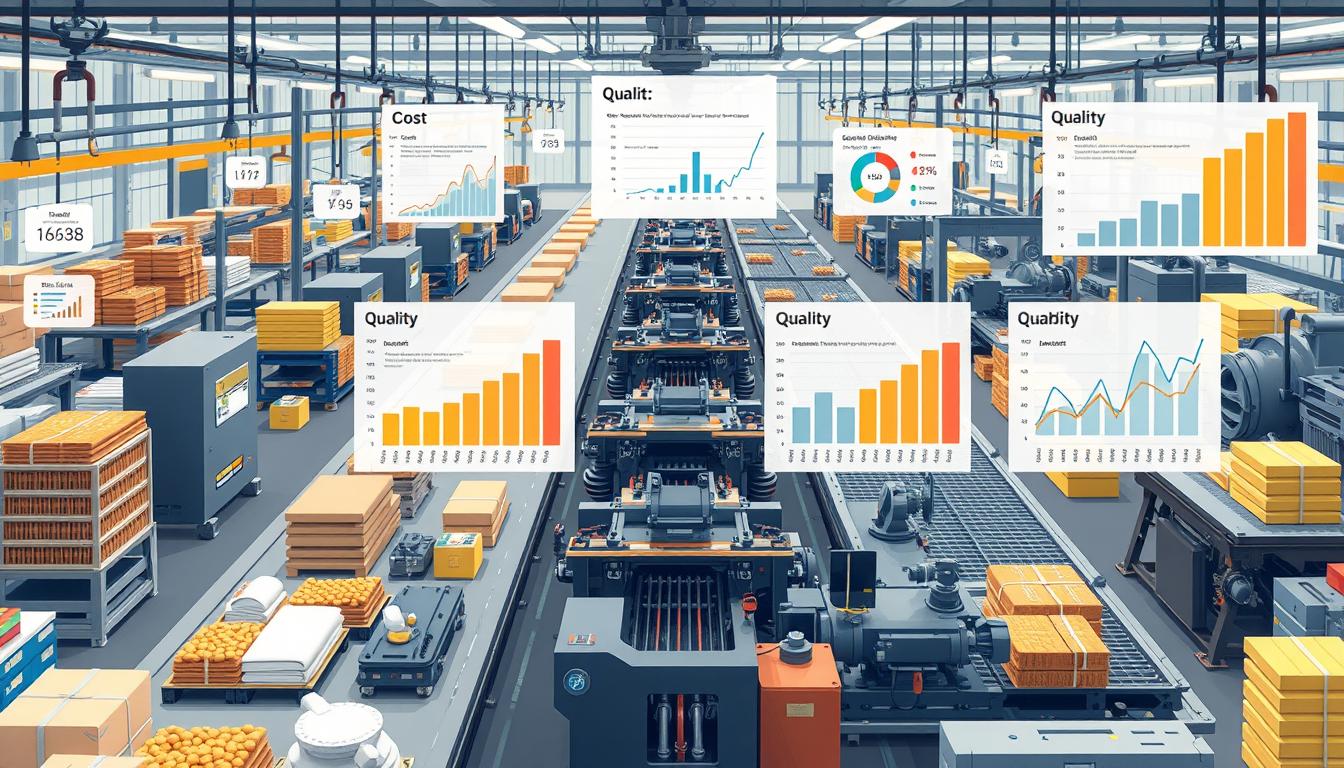Switching from salaried to hourly work brings some significant changes you should anticipate. Your pay structure will shift, so it's important to understand how hours worked affect your income. You might find benefits are less favorable, and your work schedule could become more rigid. While you may have less flexibility, remember that overtime pay can boost your earnings. It's essential to maintain open communication about your new role to prevent morale issues. By keeping these factors in mind, you can navigate this shift more smoothly, and there's plenty more to uncover about managing this change effectively.
Key Takeaways
- Expect a more structured schedule, adhering to a fixed 40-hour week, which may reduce flexibility in your work-life balance.
- Overtime pay becomes applicable for hours worked beyond 40, providing potential financial benefits for extra hours.
- Employee benefits may change, with hourly workers often receiving less favorable options compared to salaried counterparts.
- Clear communication from management about the reclassification and its implications is crucial for maintaining morale and understanding compliance.
Legal Compliance Essentials

When reclassifying employees from salaried to hourly, you must guarantee compliance with the Fair Labor Standards Act (FLSA) to avoid potential legal pitfalls. This means carefully documenting the reasons for reclassification and ensuring that you meet all wage and hour regulations.
Frequent changes between salaried and hourly can raise suspicion with the Department of Labor (DOL), so consistency is key. Be prepared for the possibility of legal costs, which could range considerably for your industry.
Maintain thorough records to demonstrate compliance, as this will help protect your business in case of an audit. Remember, transparency with your employees throughout this process can also mitigate confusion and foster trust, which is essential for a smooth changeover.
Changes in Employee Benefits

Reclassifying employees from salaried to hourly often leads to significant changes in employee benefits that can impact overall job satisfaction and financial security.
You might find that some benefits, like paid time off or vacation accrual, are less favorable for hourly workers compared to salaried positions. Additionally, your eligibility for certain benefits could shift due to the Affordable Care Act nondiscrimination rules.
You may also need to adjust to fixed schedules, which can limit the flexibility you previously enjoyed. It's essential for your employer to develop new policies that maintain a level of flexibility for hourly roles.
As benefits policies are updated, staying informed will help you navigate these changes smoothly and guarantee you understand your new entitlements.
Impact on Work-Life Balance

The shift from salaried to hourly work can considerably alter your work-life balance, often forcing you into more rigid schedules. You might find yourself adhering to a fixed 40-hour week, limiting your flexibility compared to your previous role.
As an hourly employee, you'll need to be more conscious of your hours, potentially sacrificing personal time for work obligations. However, the upside is that you may gain overtime pay, providing financial benefits for extra hours worked.
To maintain a healthy work-life balance, it's crucial to set boundaries and prioritize your time away from work. Communicating with your employer about flexibility options can also help you adjust to this new structure while finding ways to balance your personal and professional life effectively.
Employee Morale and Reactions

How will employees react to the alteration from salaried to hourly status, especially if they perceive it as a demotion? Many may feel demoralized and undervalued, thinking their hard work is no longer recognized.
It's vital for management to communicate that this change is about compliance, not performance. Highlighting the benefits, like eligibility for overtime, can help alter perceptions positively.
However, adjusting to a structured 40-hour work week may require significant changes in habits, which can be challenging. Support is important during this shift—regular check-ins and open communication can ease concerns.
Economic Implications for Employers

Guiding the shift from salaried to hourly status can lead to significant economic implications for employers, especially regarding labor costs and compliance with new regulations.
You'll face increased labor costs as hourly wages may rise, especially with overtime pay protections. Compliance with the Fair Labor Standards Act (FLSA) becomes critical; failure to adhere could result in hefty legal fees and penalties.
Additionally, reclassification may alter your benefits structure, impacting employee satisfaction and retention. You'll need to carefully document changes to avoid scrutiny from the Department of Labor.
As you navigate these economic challenges, consider reevaluating your long-term workforce management strategies to maintain a competitive edge while ensuring compliance and employee well-being.
Operational Adjustments Required

Maneuvering the shift to hourly classifications requires you to implement significant operational adjustments to guarantee compliance and maintain employee satisfaction.
First, you'll need to make certain all documentation is thorough and accurate, reflecting the changes in classification. This includes updating your payroll systems to track hours worked effectively.
Next, communicate clearly with your employees about what these changes mean for their roles and compensation. You might also need to revise benefits policies to align with the new hourly structure.
Additionally, consider how you can maintain a level of flexibility for your hourly employees to support work-life balance.
Future Trends in Employment

The future of employment is evolving rapidly, driven by shifts in worker classification, technology, and workplace expectations. As you navigate these changes, it's crucial to understand how they impact your role and benefits. Companies are increasingly adopting flexible work arrangements while reviewing classification systems.
| Trend | Impact on Workers | Business Adaptation |
|---|---|---|
| Increased Gig Economy | More freelance opportunities | Need for clear contracts |
| Remote Work Expansion | Greater work-life balance | Investment in tech tools |
| Focus on Employee Well-Being | Enhanced job satisfaction | Development of wellness programs |
| Overtime Protections | Improved financial security | Reevaluation of compensation structures |
Stay informed about these trends to adapt effectively and guarantee your career remains resilient in this changing landscape.
How Can Transitioning from Salaried to Hourly Employment Impact VC Funding Challenges?
Transitioning from salaried to hourly employment can impact navigating vc funding challenges. Potential investors may have concerns about stability and commitment, affecting funding decisions. Clear communication and demonstration of the impact on productivity and dedication can help ease these challenges to secure the necessary support.
Conclusion
As you shift from salaried to hourly employment, think of it as stepping from a calm river into the unpredictable ocean.
Embrace the waves of change by staying informed about your rights and benefits.
While challenges may arise, like adjusting your work-life balance or adapting to a new schedule, remember that with each tide comes an opportunity for growth.
By steering through these waters wisely, you can chart a course toward a fulfilling and balanced professional life.








